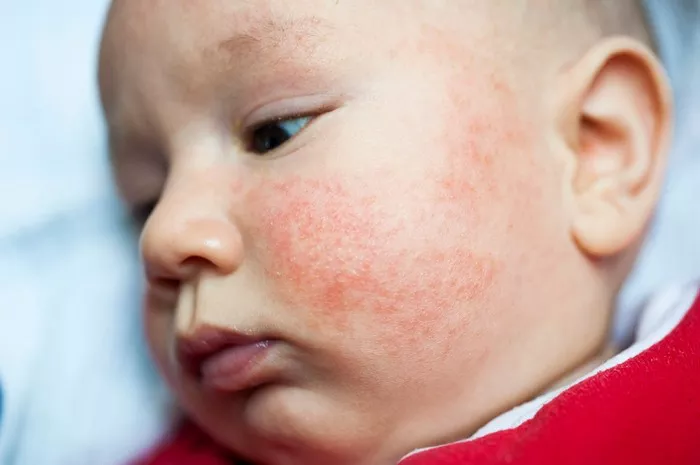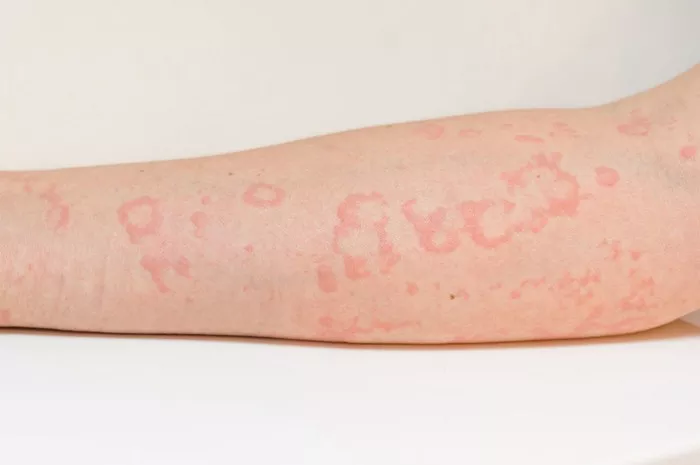Asthma and eczema, two prevalent chronic conditions, often coexist in individuals, raising questions about their underlying relationship. While each condition manifests differently, they share commonalities in their immune dysregulation and inflammatory processes. This article delves into the intricate interplay between asthma and eczema, exploring their shared mechanisms, genetic predispositions, environmental influences, and potential therapeutic implications.
The Atopic March: A Journey from Eczema to Asthma
The concept of the “atopic march” suggests a sequential progression of allergic diseases, beginning with eczema in infancy, followed by asthma and allergic rhinitis later in life. Although not all individuals follow this linear trajectory, a significant subset does, indicating a shared pathophysiological basis.
Eczema, also known as atopic dermatitis, typically manifests as dry, itchy skin lesions, often appearing in infancy and early childhood. Studies have highlighted the impaired skin barrier function and dysregulated immune responses, particularly skewed towards Th2-mediated inflammation, as central features of eczema. These immune aberrations create an environment conducive to allergic sensitization, predisposing individuals to subsequent allergic conditions like asthma.
Shared Genetic Predispositions: Unraveling the Genetic Tapestry
Genetic factors play a crucial role in the development of both asthma and eczema. Genome-wide association studies (GWAS) have identified numerous susceptibility loci shared between these conditions, implicating genes involved in immune regulation, epithelial barrier function, and inflammatory pathways.
Variants in genes encoding filaggrin, a key protein involved in maintaining skin barrier integrity, have been strongly associated with eczema and are also linked to asthma susceptibility. Additionally, genes related to Th2 cytokine signaling, such as interleukin (IL)-4, IL-13, and their receptors, contribute to the shared genetic architecture of asthma and eczema.
Environmental Triggers: Navigating the Allergenic Landscape
While genetics lay the groundwork for asthma and eczema predisposition, environmental factors modulate disease expression and progression. Allergens, air pollutants, microbial exposures, and lifestyle factors all shape the atopic milieu, influencing the development and severity of both conditions.
Early-life exposures are particularly influential, with prenatal and postnatal factors exerting long-lasting effects on immune programming. Maternal smoking during pregnancy, microbial dysbiosis, and allergen exposure in infancy have been implicated in the development of eczema and subsequent asthma. Furthermore, urbanization and westernized lifestyles have been associated with increased prevalence rates of both conditions, underscoring the role of environmental factors in the atopic march.
Immunological Crosstalk: Shared Pathways and Dysregulation
Asthma and eczema share common immunological pathways characterized by Th2-driven inflammation and aberrant immune responses. In eczema, the dysregulated skin barrier allows for increased allergen penetration, triggering Th2-mediated immune responses and cytokine release. This cascade leads to the recruitment of inflammatory cells, including eosinophils, mast cells, and T lymphocytes, perpetuating the inflammatory cycle.
Similarly, in asthma, allergen exposure induces airway inflammation, bronchial hyperresponsiveness, and airflow limitation. Th2 cytokines, such as IL-4, IL-5, and IL-13, orchestrate these processes, promoting IgE production, eosinophilic infiltration, and mucus hypersecretion. The chronic inflammatory milieu in asthma further exacerbates airway remodeling and dysfunction, contributing to disease chronicity and morbidity.
Therapeutic Implications: Targeting Common Pathways
Understanding the shared mechanisms underlying asthma and eczema opens avenues for targeted therapeutic interventions. Biologic agents targeting specific cytokines or receptors involved in Th2-mediated inflammation have shown efficacy in both conditions. For instance, monoclonal antibodies against IL-4, IL-5, and IL-13 have demonstrated significant reductions in exacerbation rates, symptom severity, and medication usage in patients with asthma and eczema.
Furthermore, interventions aimed at restoring skin barrier function, such as emollients and moisturizers, hold promise in preventing eczema flares and potentially mitigating asthma development. Additionally, allergen avoidance strategies, immunomodulatory agents, and lifestyle modifications can help manage symptoms and reduce disease burden in individuals with coexisting asthma and eczema.
Conclusion
In conclusion, asthma and eczema represent two facets of the atopic spectrum, sharing common genetic predispositions, environmental triggers, and immunological pathways. The intricate interplay between these conditions underscores the importance of a holistic approach to disease management, addressing both cutaneous and respiratory manifestations. By elucidating the underlying mechanisms and identifying shared therapeutic targets, clinicians can better tailor treatment strategies to improve outcomes and enhance the quality of life for individuals affected by asthma and eczema.

























